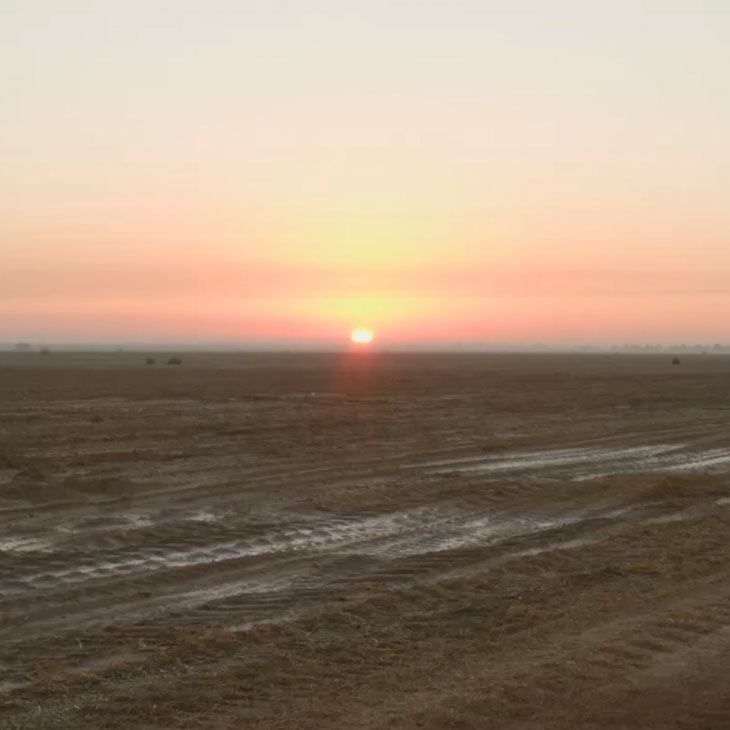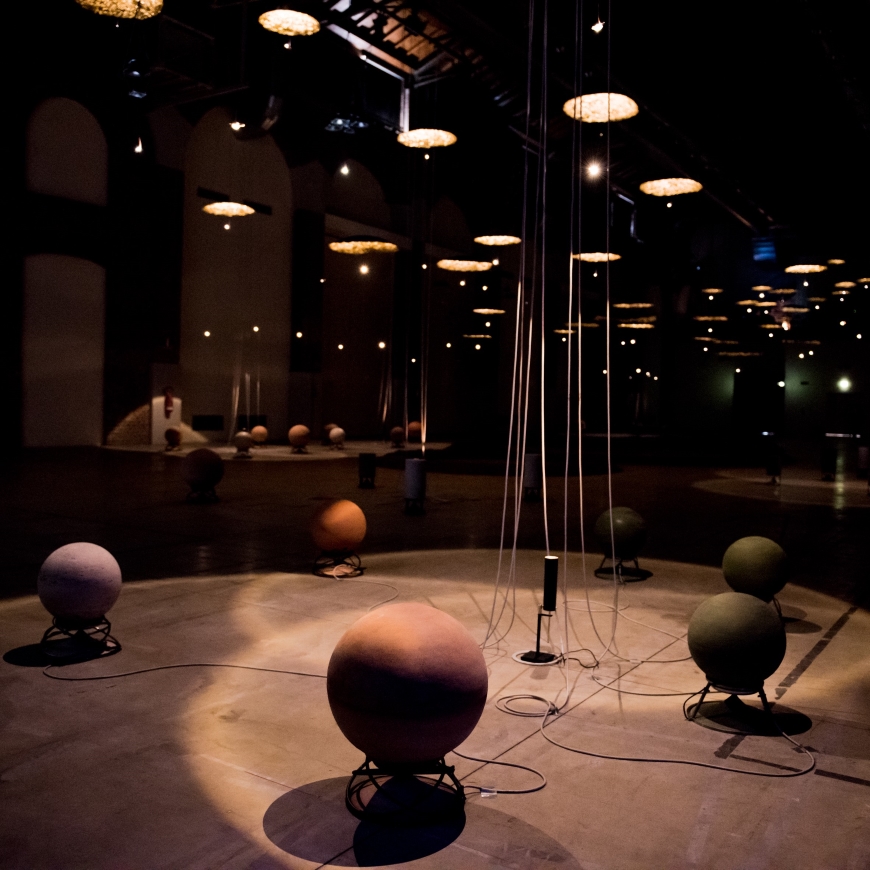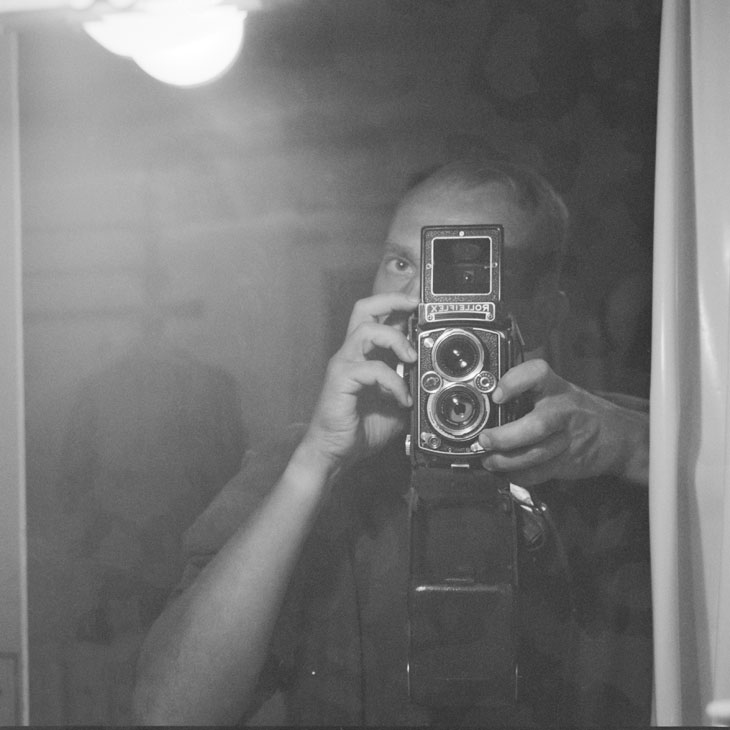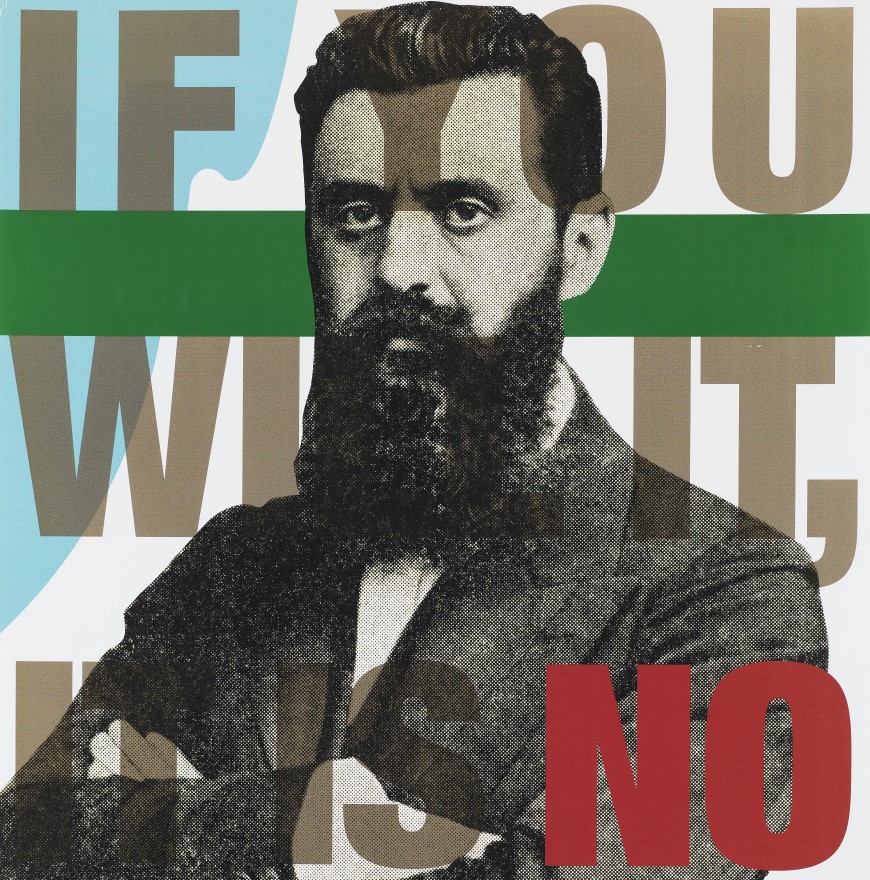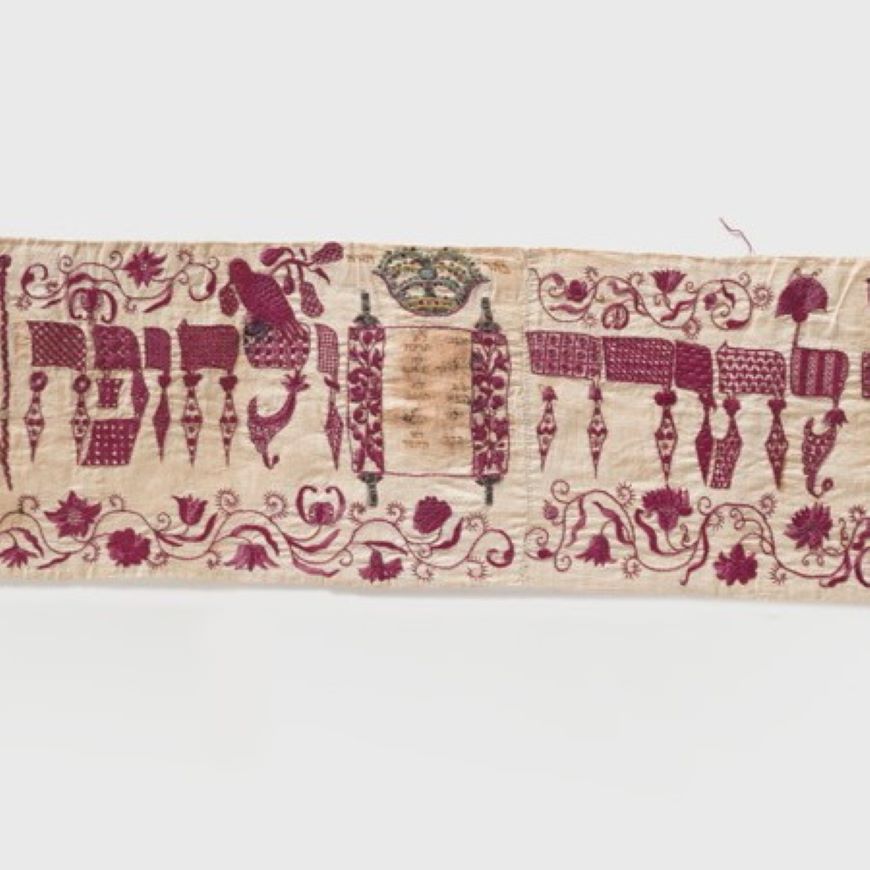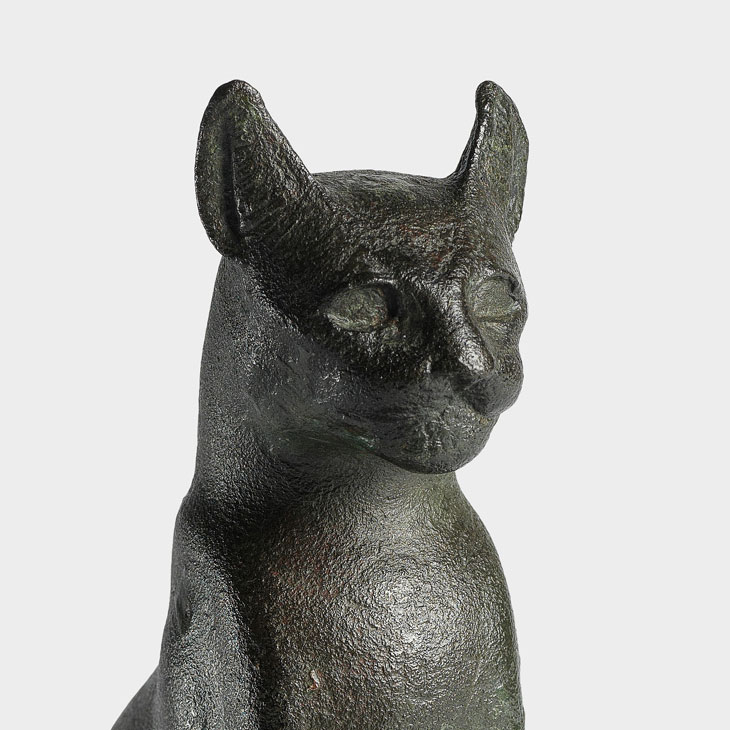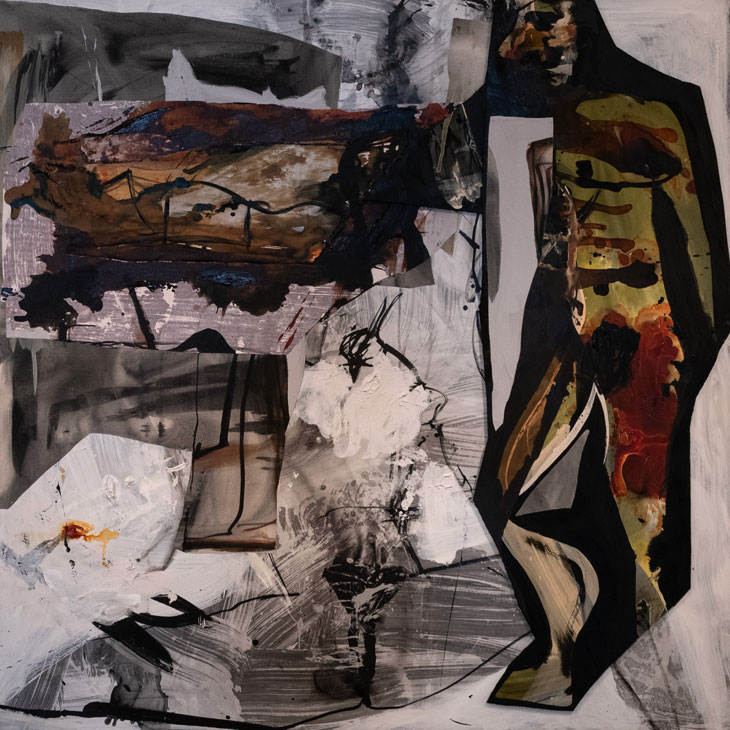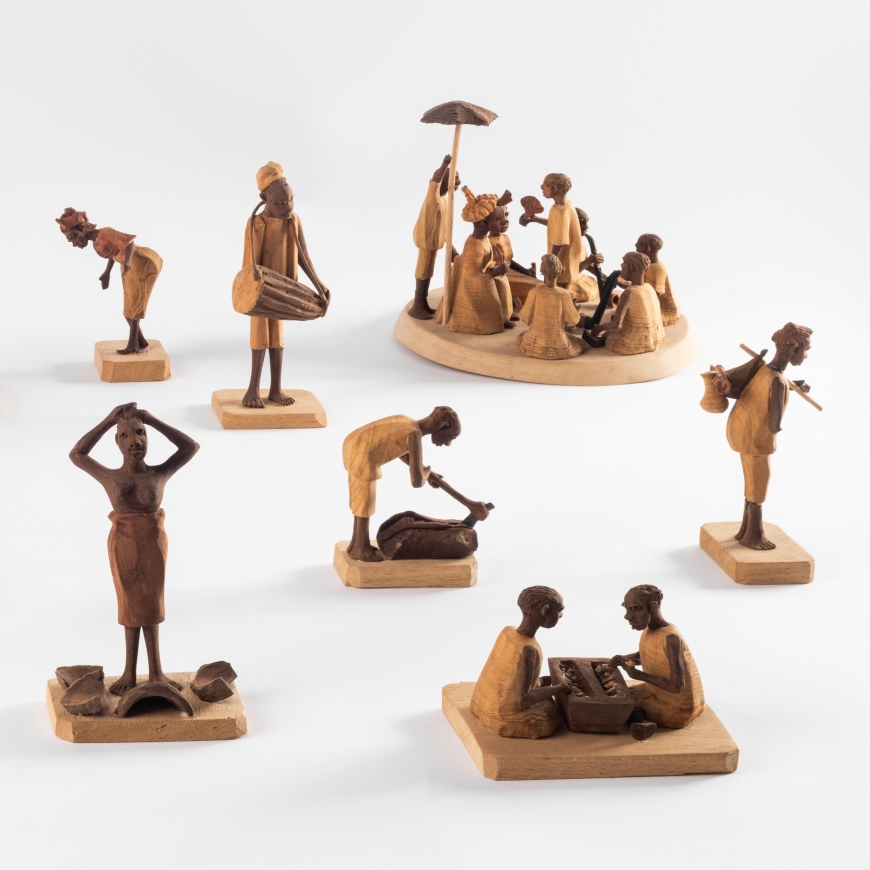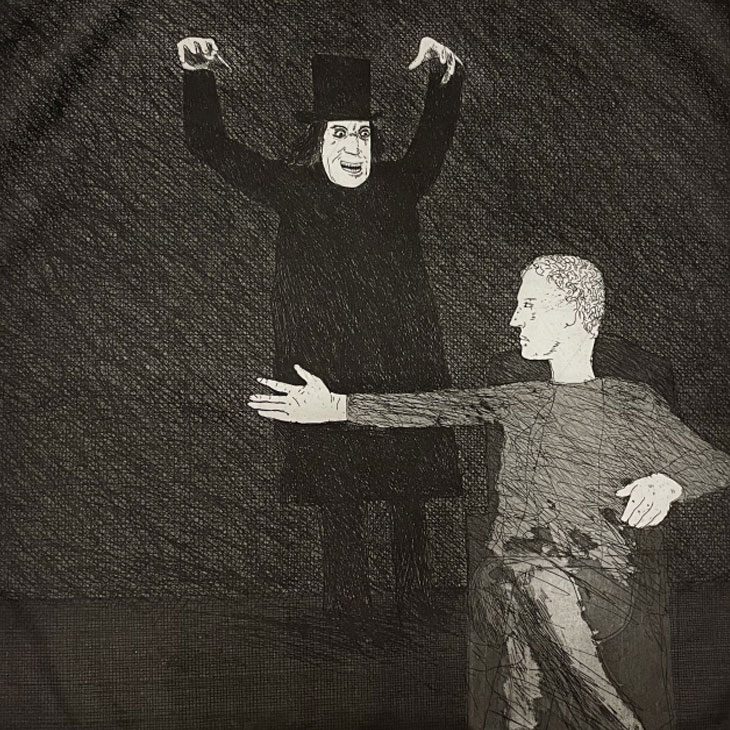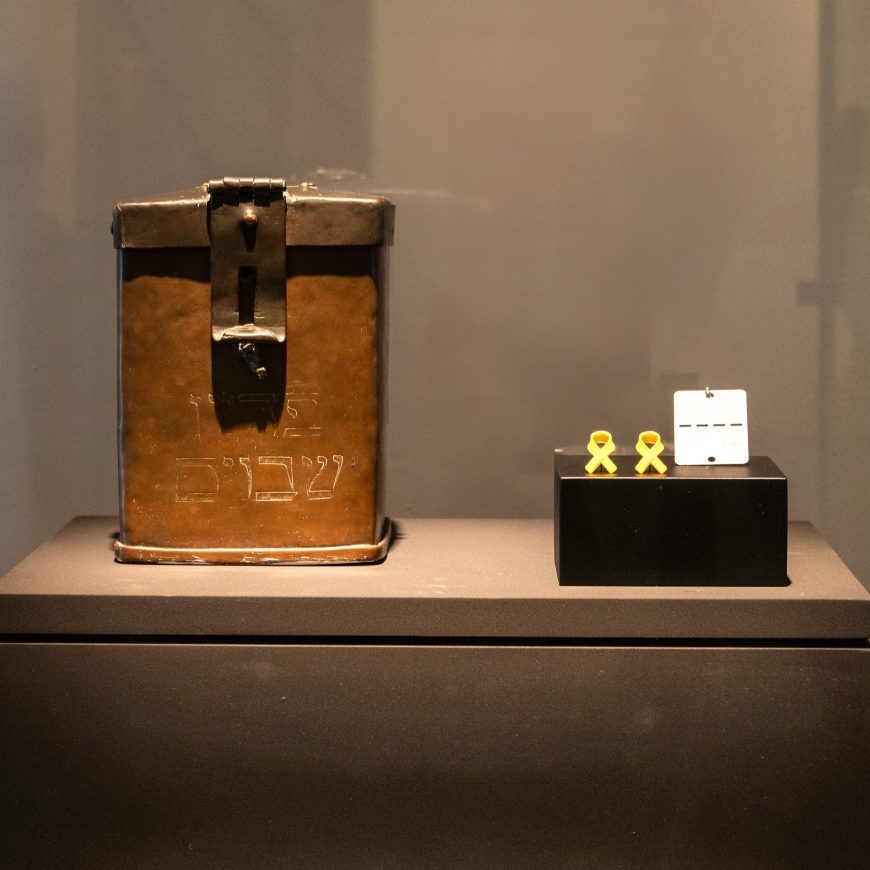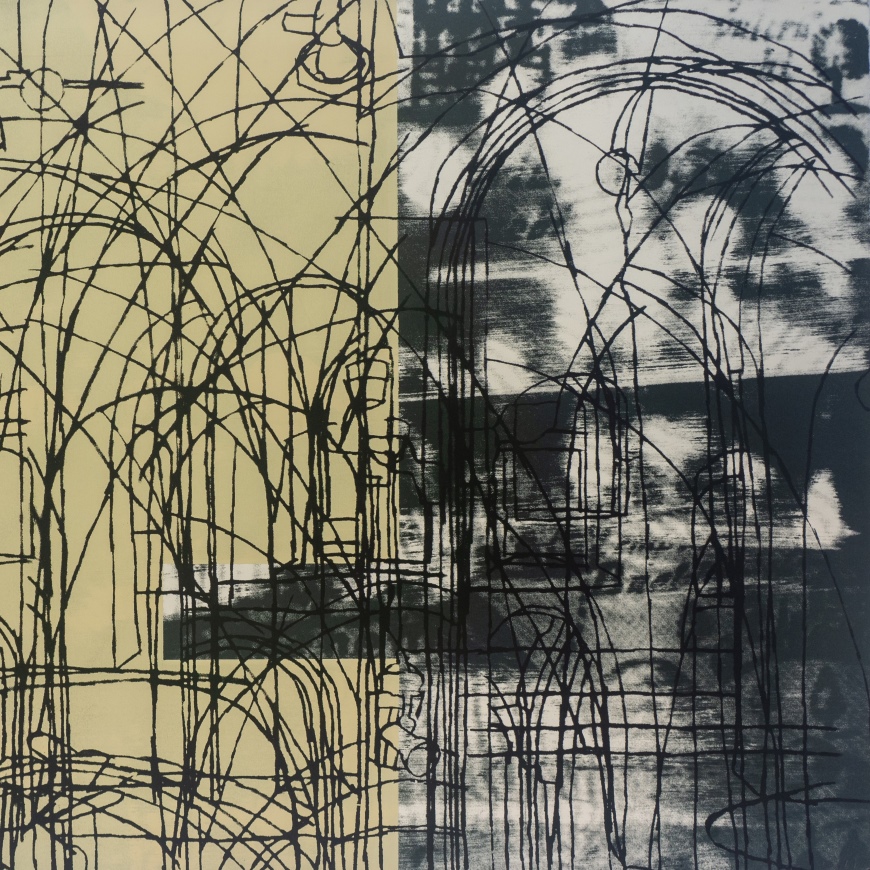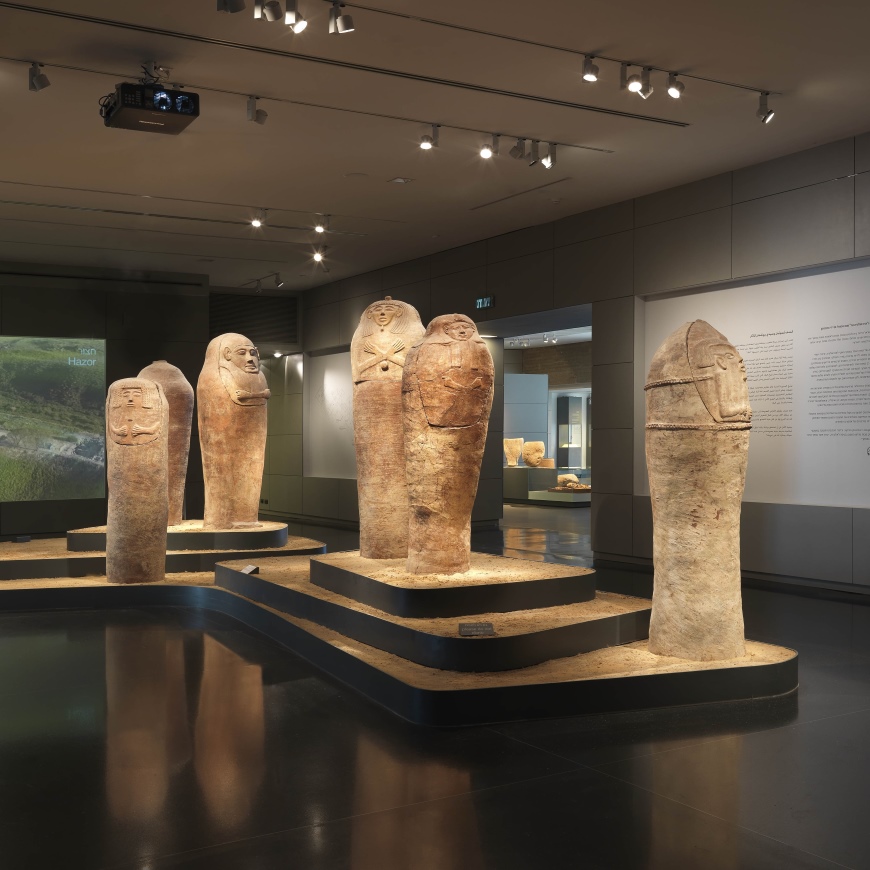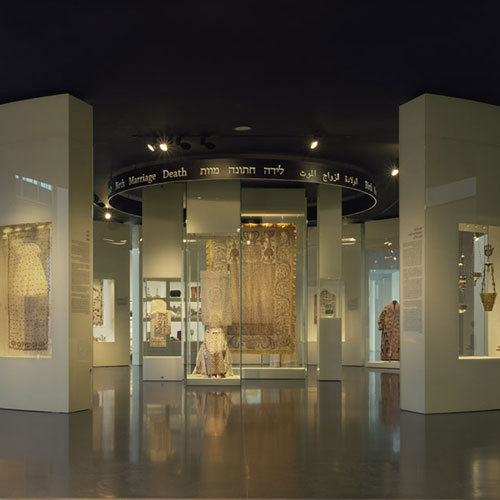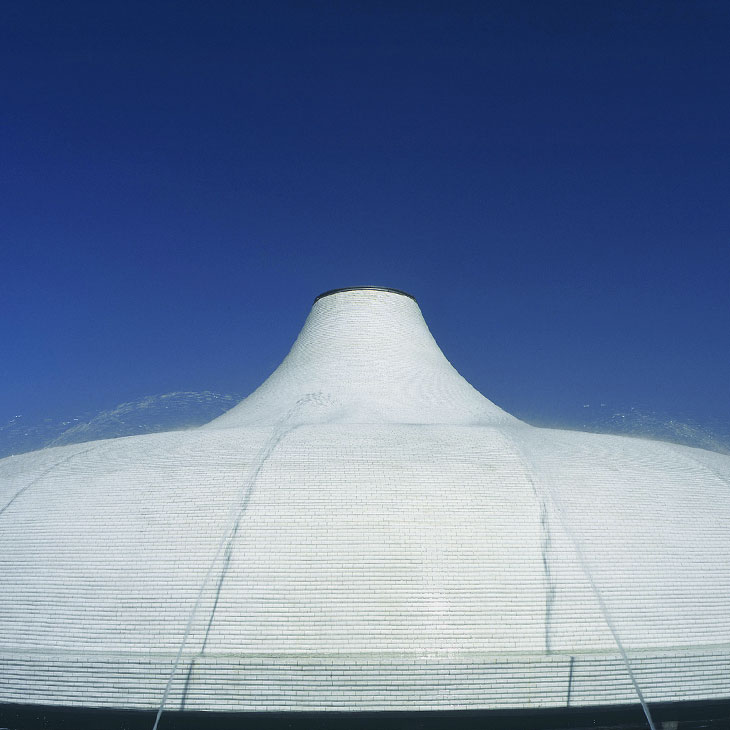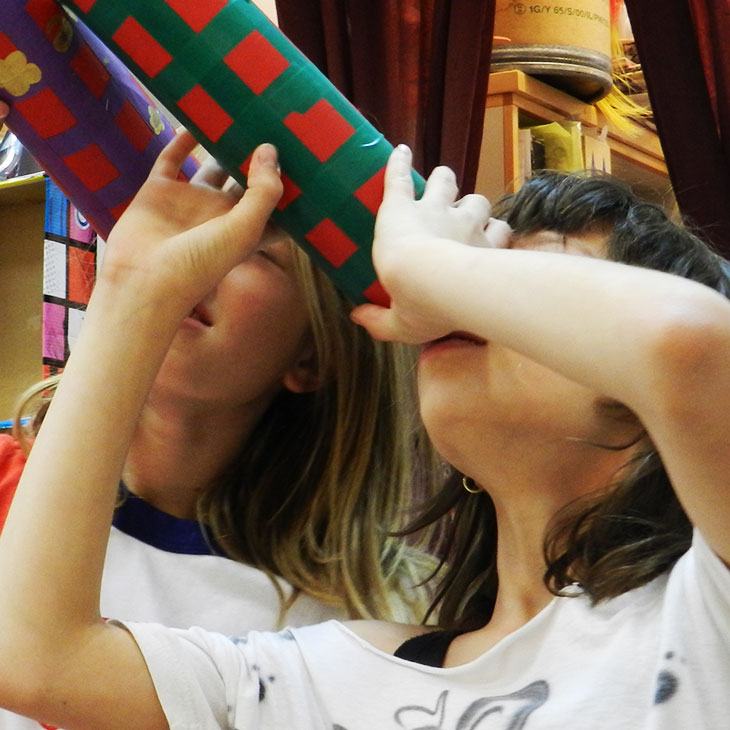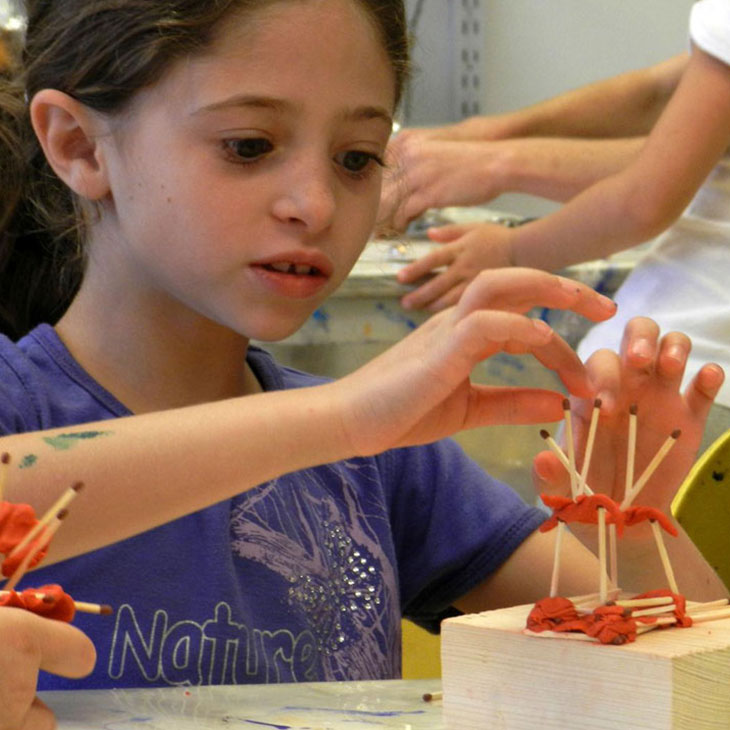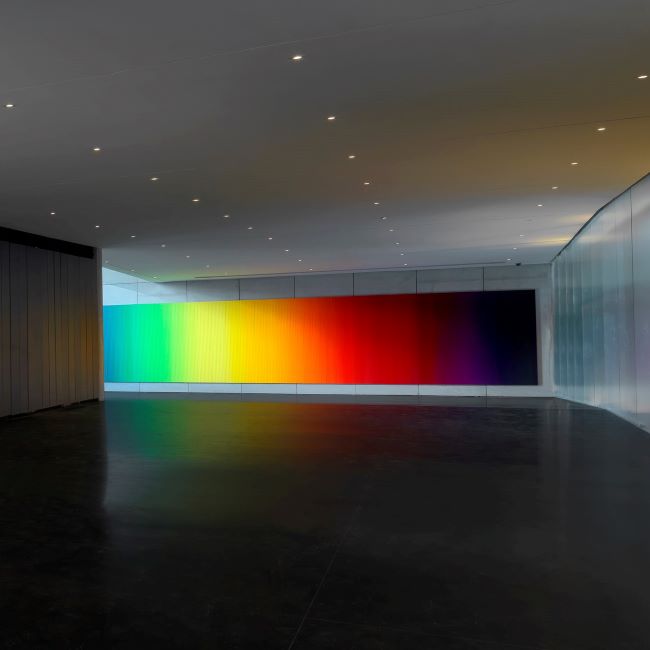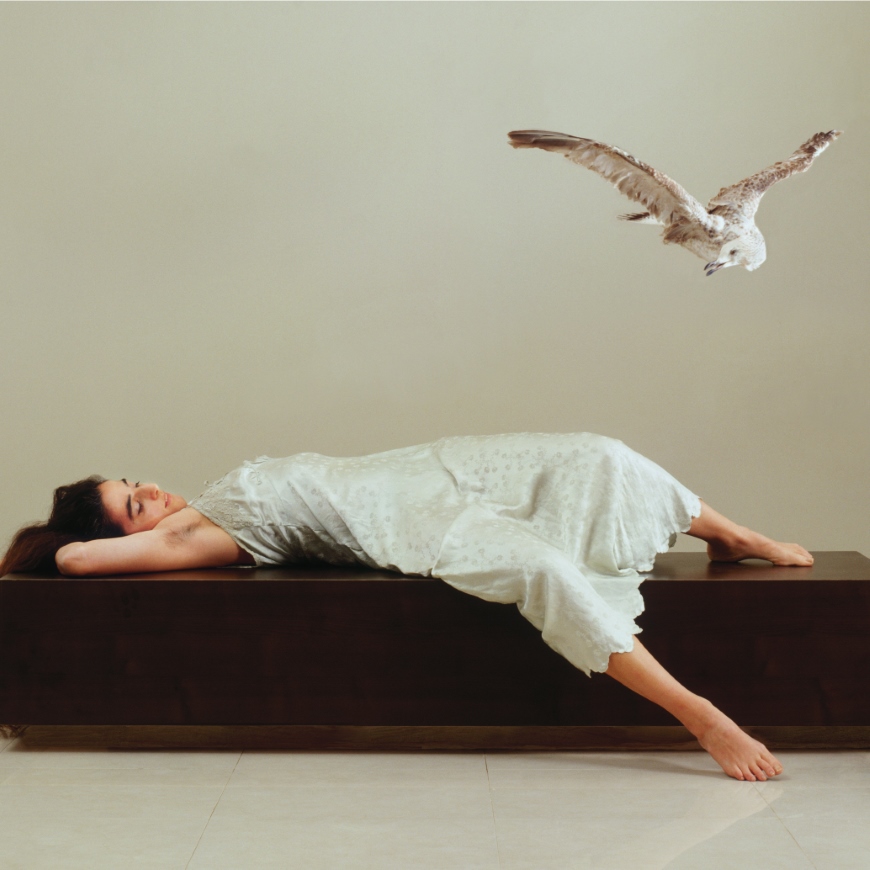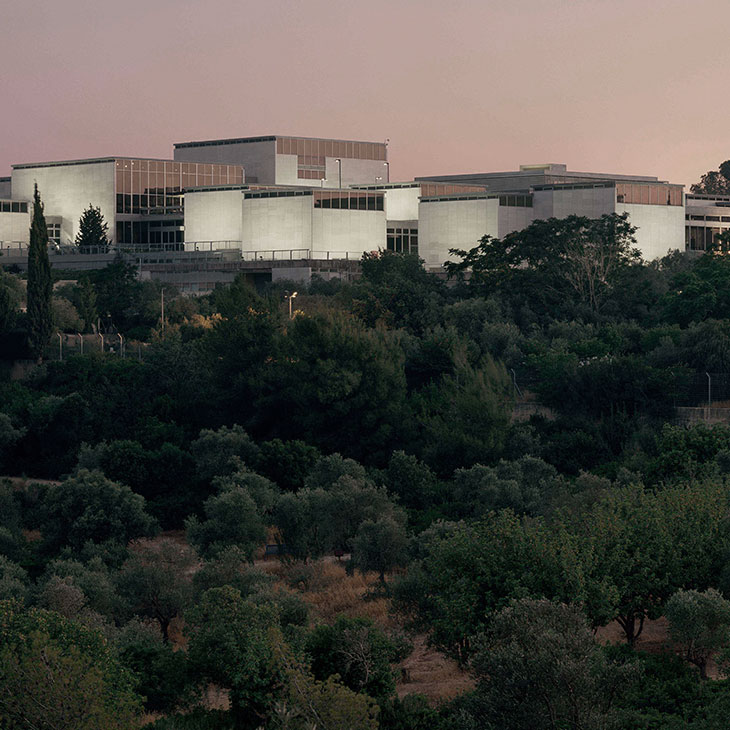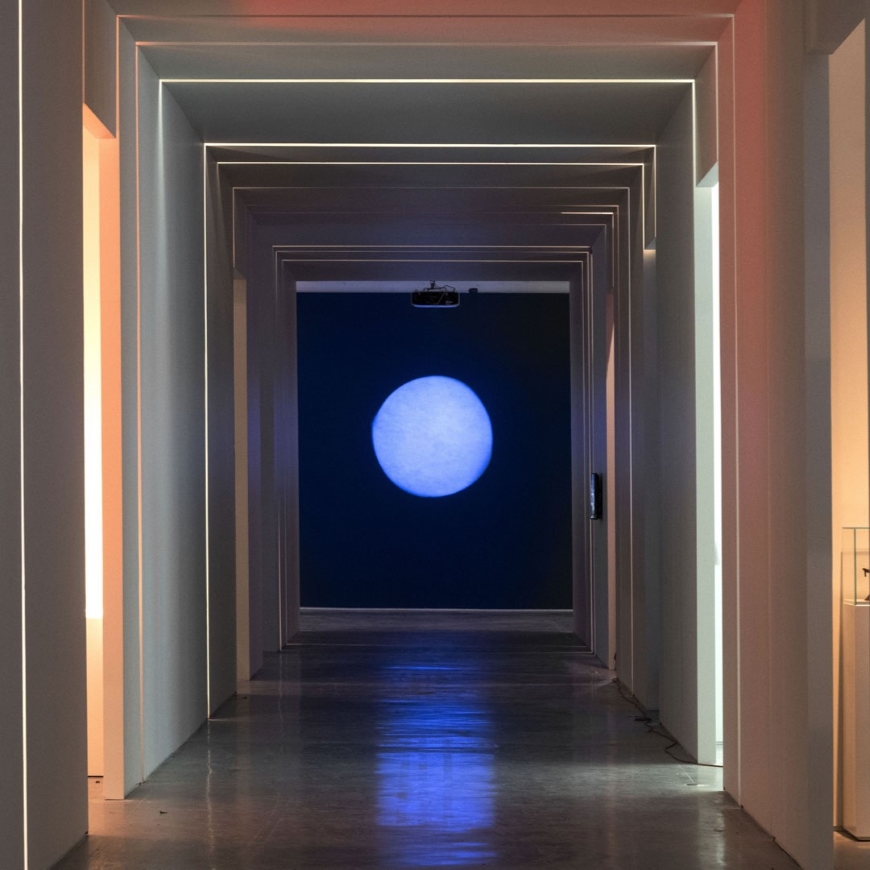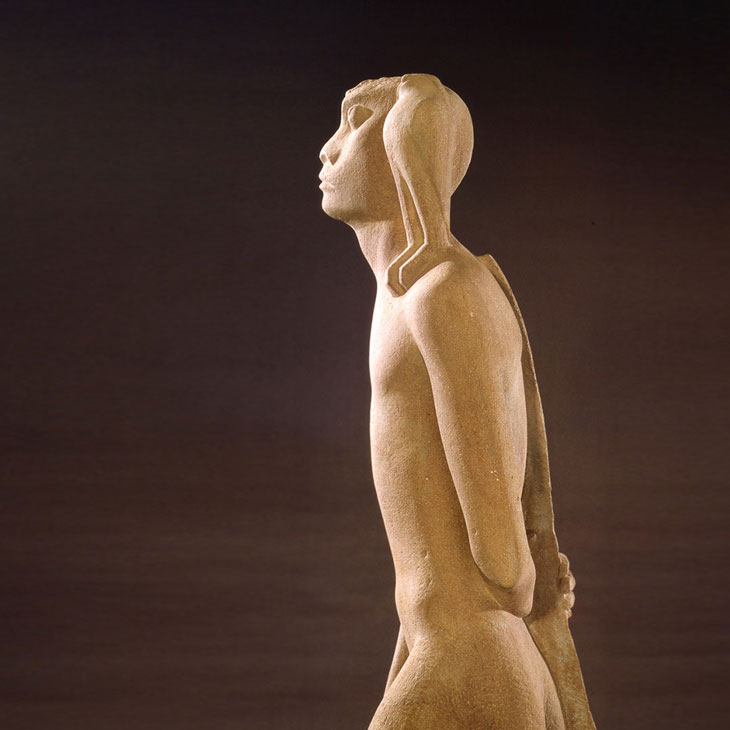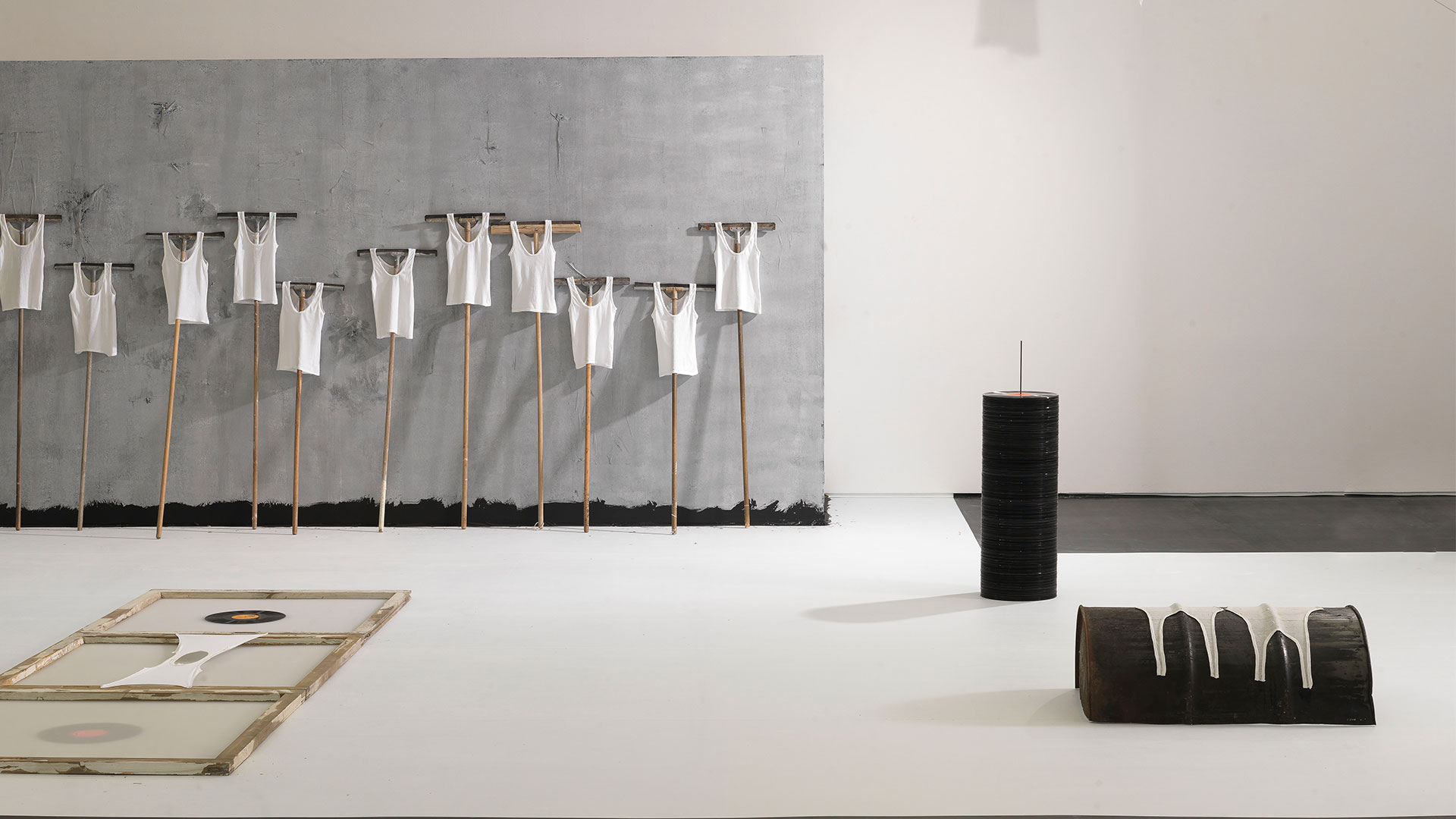
Efrat Natan
Whitewash and Tar
-
April 20 2016 - October 29 2016
Curator: Aya Miron
-
- : Efrat Natan
This retrospective exhibition spans more than forty years of artistic creation by Efrat Natan, one of the pioneers of Conceptual Art and Body Art in Israel. Natan was born in 1947 in Kibbutz Kfar Ruppin in the Beit She’an Valley, and lived there until the early ’70s, when she began her artistic activities. Motifs from her childhood environment serve as points of departure for many of her works: the four winds of the sky, the land and the star-studded night sky, the landscape of the Beit She'an Valley and the Jordan, the modest kibbutz houses and a bed inside them. These motifs became imprinted in her body consciousness, and through it passed into her art. Natan’s works are characterized by “making do with little”; their forms are simple and they are made of everyday materials, mostly in the range between the black and the white. The materials and objectsshe makes use of are richly charged with content. The undershirts, for example, which she ties, stretches, tears or crumbles, take on additional meanings with each new appearance: as a basic item of clothing of the pioneer-worker, as an image of the private body, and also as celestial bodies and clouds that are reflected in a big window and proffer a host of possibilities to the imagination’s gaze. Like the undershirts, other materials too – such as milk and dough, window netting, mosquitonets, and records – stem from her childhood environment in the ’50s, and over the years they have accumulated meanings relating to topical events in this country, the local milieu, and the history of art. The exhibition relates to the four winds of the sky and contains two structures: one, shaped like a T, represents the children’s house in the kibbutz, while the second recalls her parents’ small room there. Visitors are invited to walk in the space between the structures and inside them, and to view the works, some of which are small and intimate and some of which draw the gaze outward, to beyond the walls. Unless otherwise indicated, the works are courtesy of the artist. Sunflower for Tamar, 1994 Pencils and graphite on cardboardCollection of the artist
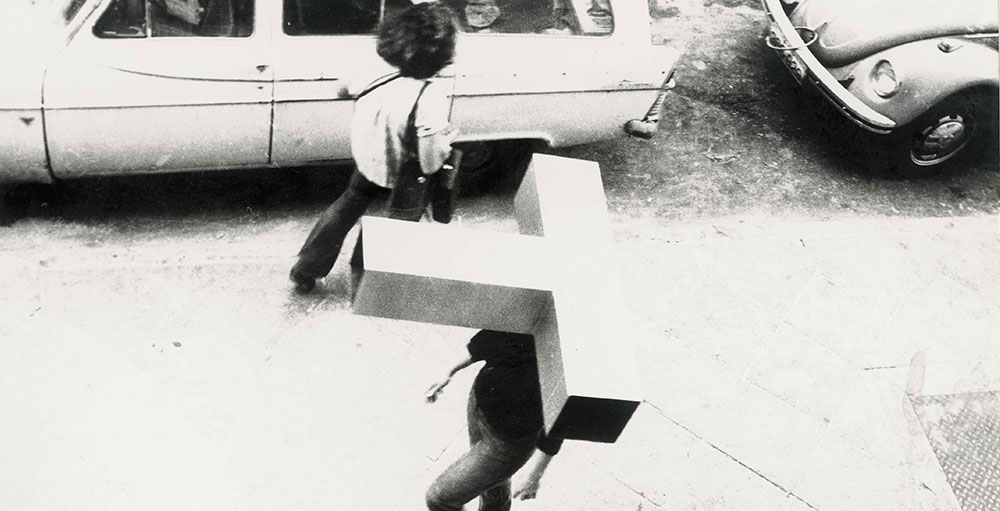
- Apr 21Apr 24Apr 28May 05May 08May 12May 15May 19May 22May 26May 29
- Apr 21Apr 28May 05May 12May 19May 26
- Apr 21Apr 24Apr 28May 05May 08May 12May 15May 19May 22May 26May 29
- May 05May 12May 19May 26
- May 06May 13May 20May 27
- Apr 22May 06
- May 06May 13May 20May 27
- May 06May 27
- May 06
- May 06
- May 06Jun 10
- May 08May 15May 15May 22May 29
- May 08May 15May 22May 29
- May 08May 15May 22May 29
- May 08
- Apr 24May 08May 15May 22May 29
- Apr 26May 02May 03May 09May 10May 16May 17May 23May 24May 30May 31
- May 03May 10May 17May 24May 31
